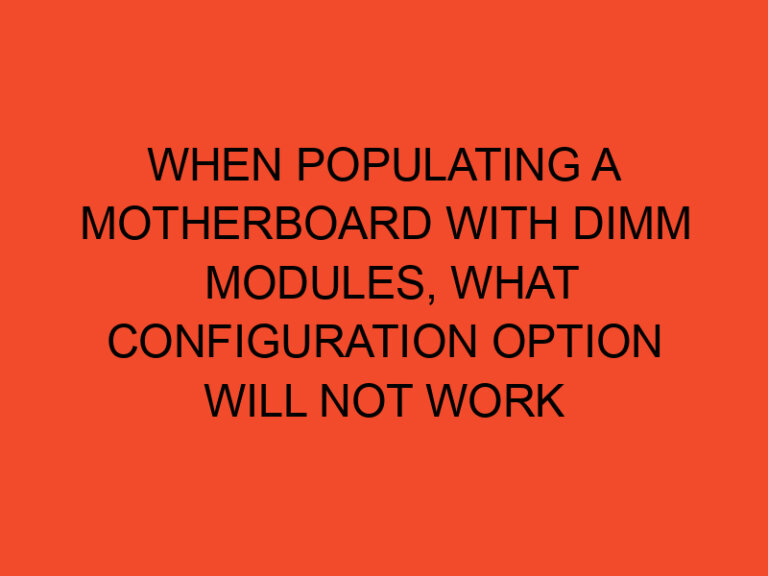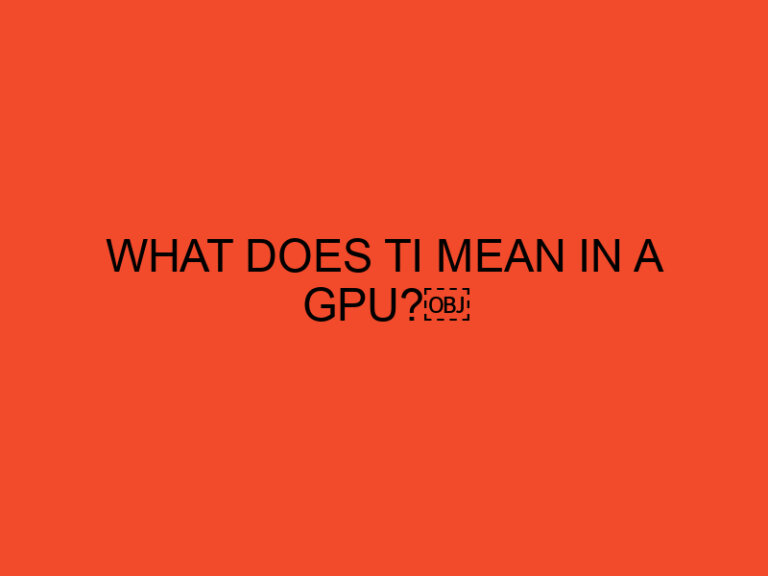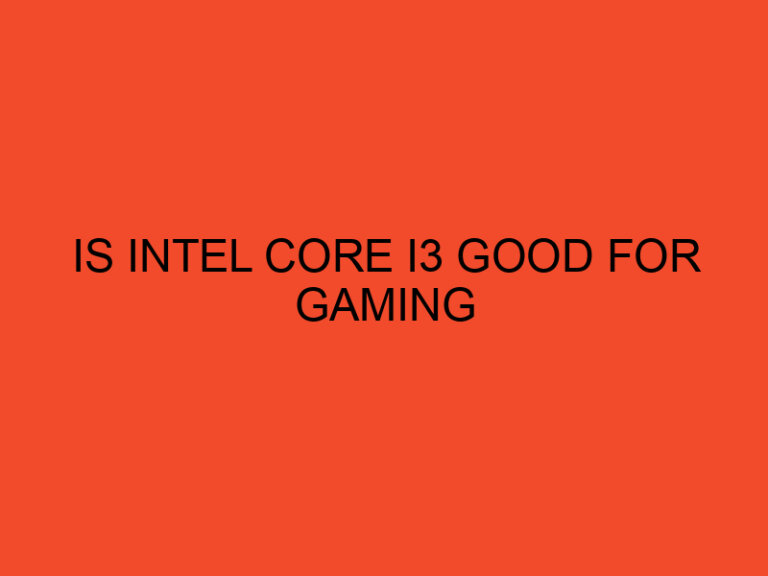When it comes to computers, understanding power consumption is essential. Whether you’re building a new system, upgrading components, or considering the electricity cost, knowing how many watts a computer uses can help you make informed decisions. In this comprehensive guide, we’ll explore the factors that influence power consumption, provide estimates for different computer components, and offer tips for optimizing energy efficiency.
Table of Contents
How Many Watts Does a Computer Use? A Comprehensive Guide
Power consumption refers to the amount of electrical power a device consumes during operation. In the case of computers, power consumption is measured in watts (W). It represents the rate at which the computer utilizes electrical energy. The total power consumption of a computer system depends on various factors, including the components used, their utilization, and system configuration.
Factors Influencing Power Consumption
Several factors influence the power consumption of a computer system. Here are the key factors to consider:
- CPU (Central Processing Unit): The CPU is one of the primary power consumers in a computer. Higher-end CPUs generally have higher power requirements, especially if they have more cores and operate at higher clock speeds.
- Graphics Card (GPU): GPUs are power-hungry components, particularly in gaming and graphics-intensive applications. High-performance graphics cards tend to have higher power demands.
- RAM (Random Access Memory): The power consumption of RAM is relatively low compared to other components. However, the overall RAM capacity can influence power consumption.
- Storage Drives: Different types of storage drives, such as hard disk drives (HDDs) and solid-state drives (SSDs), have varying power requirements. SSDs generally consume less power than HDDs.
- Motherboard: The motherboard’s power consumption is relatively low compared to other components. However, high-end motherboards with multiple features and connectivity options may have slightly higher power requirements.
- Peripherals: Devices such as monitors, speakers, printers, and external storage drives consume additional power. Their power consumption varies depending on the specific device and usage.
- System Load: The overall workload and utilization of the system impact power consumption. Running resource-intensive tasks like gaming, video editing, or rendering will draw more power compared to idle or light usage scenarios.
Power Consumption of Computer Components
Here are some approximate power consumption ranges for common computer components:
- CPU: Entry-level CPUs typically consume around 25-65 watts, while high-performance CPUs can range from 65-250 watts or more.
- Graphics Card: Low-end graphics cards may consume around 75-150 watts, while mid-range to high-end gaming GPUs can range from 150-300 watts or higher.
- RAM: The power consumption of RAM is relatively low, typically ranging from 1-5 watts per module.
- Storage Drives: HDDs generally consume 6-15 watts during active operation, while SSDs consume around 2-4 watts.
- Motherboard: Motherboards have relatively low power consumption, typically ranging from 20-60 watts.
- Peripherals: Power consumption of peripherals varies widely. Monitors can consume anywhere from 15-100 watts or more, depending on size and features. Other peripherals usually have lower power requirements.
Please note that these power consumption ranges are approximate and can vary based on specific models, configurations, and usage patterns.
Optimizing Energy Efficiency
To optimize energy efficiency and reduce power consumption, consider the following tips:
- Choose Energy-Efficient Components: When selecting computer components, look for energy-efficient models. Manufacturers often provide information about power efficiency ratings, such as 80 Plus certifications for power supplies.
- Configure Power Settings: Adjust power settings in the operating system to enable power-saving features. Use sleep or hibernate modes when the computer is not in use.
- Unplug Unused Peripherals: Disconnect peripherals that are not in use to eliminate standby power consumption.
- Manage Cooling: Ensure proper cooling for components to prevent overheating. Excessive heat can lead to increased power consumption.
- Upgrade Outdated Components: Older components may be less energy-efficient. Upgrading to newer models can result in power savings.
Conclusion
Understanding power consumption is crucial when it comes to computers. By considering the power requirements of various components and implementing energy-saving practices, you can optimize energy efficiency and reduce electricity costs. Make informed decisions when choosing components, configure power settings, and adopt best practices for energy-conscious computing.
FAQs
How many watts does a typical computer use?
The power consumption of a typical computer can vary depending on the components used. On average, a basic desktop computer may consume around 50-100 watts, while high-performance gaming rigs can exceed 500 watts.
Do laptops consume less power than desktop computers?
Generally, laptops consume less power than desktop computers. Laptops are designed to be energy-efficient, allowing for longer battery life and reduced power consumption compared to desktop systems.
How can I measure the power consumption of my computer?
You can use a power meter or a watt meter to measure the power consumption of your computer. These devices plug into the wall outlet and provide real-time information about power usage.
Are power supply ratings important for power consumption?
Power supply ratings, such as the wattage rating, are crucial for providing sufficient power to the components. However, the efficiency rating (e.g., 80 Plus certifications) indicates the power supply’s efficiency, which can impact overall power consumption.
Can overclocking increase power consumption?
Yes, overclocking typically increases power consumption. When you overclock a component, such as the CPU or GPU, it runs at higher frequencies and voltages, resulting in increased power requirements.





